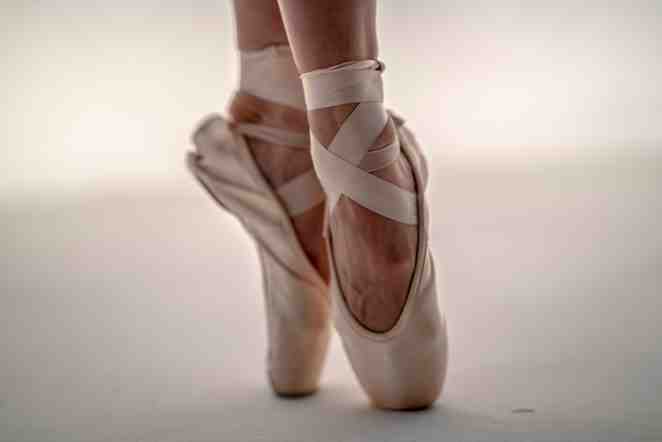
It hasn’t always been as graceful and eloquently designed as are the intricate presentations you can see upon a visit to theater. However, ballet has been around since the 15th century when small groups of people would gather to witness a rudimentary form of ballet. What is often considered so beautiful about this type of dance is the gracefulness of the moves.
Ballet should not be misconstrued as dance that’s just for the ladies. Some of the greatest ballet dancers such as Mikhail Baryshnikov and Paul Taylor were men who gave phenomenal performances time and again to audiences who were delighted and amazed to witness the grace, strength, endurance and talent these dancers produced for them.
The beauty of ballet dancing comes in many different forms of ballet, as you may already know. Originating in Italy and expanding from there to many points in the world, ballet has always been regarded as a trained form of dancing that required practice to achieve. Even though ballet was nowhere near as defined as it is now, it has always been a dance designed with a number of chorographic moves designed to make an artistic expression through dance.
Most will agree that classical ballet is the most formal style of ballet dance. There are some variations within classical ballet but, for the most part, the basics are recognized by the School of American Ballet and the Royal Academy of Dance, amongst others. Did you know that the first ballet shoes that allowed a dancer to balance on the toes was simply well sewn at the end? Today, ballet shoes are boxed, making it possible for the dancer to appear virtually weightless in many moments of ballet dancing.
Neoclassical ballet has a less formalized presentation to it but at the same time it is often noticeably more structured. Dancers who perform this type of ballet sometimes demonstrate a noted focus that is characteristic. Other styles of ballet include pre-romantic ballet, romantic ballet and ballet d’action.
Those who have studied ballet dance for any length of time know that it take practice, practice and more practice to begin the mastery of this graceful dance. This does not mean that you cannot study ballet for pleasure or other reasons. It is a dance style that often speaks with fluid moves and artistic expression that both dancers and their audiences enjoy experiencing and watching.
Perhaps you have a young child who has expressed an interest in ballet dancing. There’s no time like the present to get them into a class or lessons at home that allow them to fully explore their interest. In the beginning, be supportive and encouraging of even the slightest progress. Encourage your child to continue with the lessons and take time to teach them some of the history of the art of ballet dancing.
You may even want to treat them to a trip to see a real ballet dancer in action. This can be one of the most motivating and moving experiences to be eyewitness to a professional ballet dancer live and in person such as the performances that are given at the theaters and opera houses.
Previous in History: Argentine Tango
Next in History: Breakdance